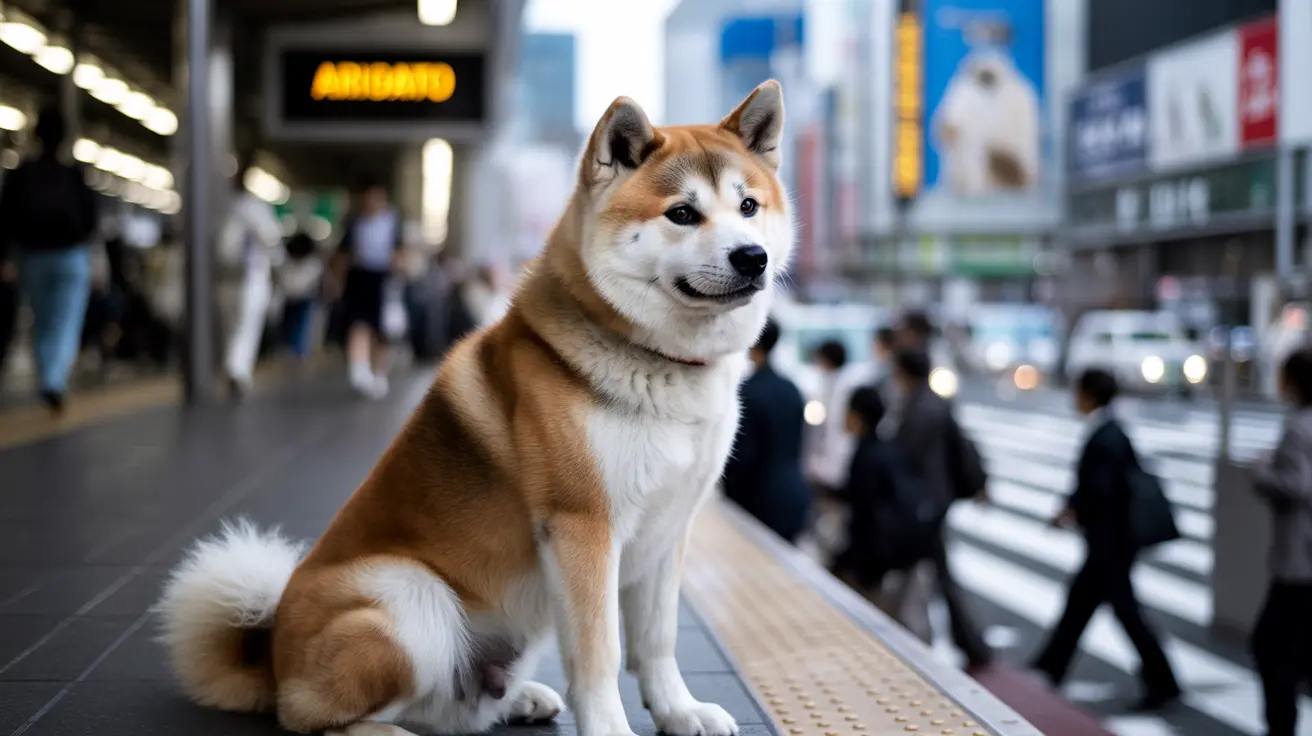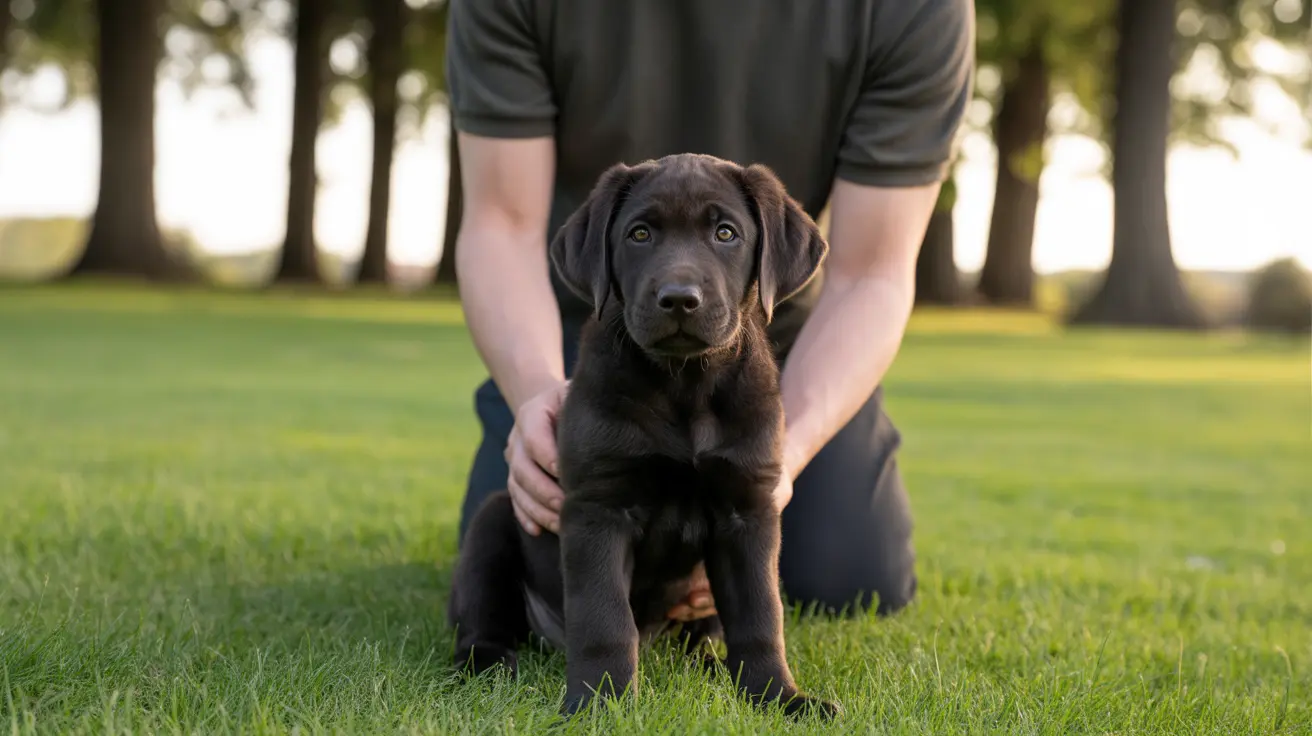The story of Hachiko, perhaps the world's most famous Akita, has become legendary. This remarkable dog, who waited faithfully for his deceased owner at Shibuya Station for nearly a decade, wasn't just any breed – he was a purebred Japanese Akita Inu, a breed renowned for its unwavering loyalty and dignified bearing.
Understanding the Hachiko breed means delving into the rich history and distinctive characteristics of the Akita, a dog that represents the pinnacle of Japanese breeding excellence and cultural significance. Let's explore what makes these dogs such extraordinary companions and why Hachiko's legacy continues to influence our perception of canine devotion.
The Noble Origins of the Akita
Born in the mountainous Akita Prefecture of northern Japan, the Akita breed was originally developed for hunting large game, including bears and wild boar. This heritage explains their impressive strength, courage, and strategic hunting abilities. During the early 20th century, when Hachiko lived, pure Akitas were incredibly rare, with only about 30 purebred specimens remaining in Japan.
The breed exists in two distinct varieties today: the Japanese Akita Inu (like Hachiko) and the American Akita. The Japanese variety maintains stricter breeding standards and typically features a more refined appearance with limited coat colors.
Physical Characteristics and Appearance
Akitas are large, powerful dogs with distinctively bear-like features. They typically stand about 26 inches tall and can weigh up to 90 pounds when fully grown. Their most striking features include:
- Broad, masculine heads with tight facial skin
- Small, dark, deeply set eyes
- Thick double coats with dense undercoats
- Characteristic curled tails
- Strong, cat-like feet with well-knuckled toes
The Legendary Loyalty of the Akita
Hachiko's famous devotion wasn't an anomaly – it was a perfect expression of the Akita's natural temperament. These dogs form incredibly strong bonds with their families and demonstrate their loyalty through quiet, constant companionship. They often follow their chosen people from room to room and maintain protective watchfulness over their households.
This deep-seated loyalty, however, comes with certain training considerations. Akitas require early socialization and consistent, experienced handling to channel their protective instincts positively.
Living with an Akita: Care and Considerations
Prospective Akita owners should understand these essential care requirements:
- Regular exercise to maintain physical and mental well-being
- Consistent training with positive reinforcement methods
- Thorough socialization from puppyhood
- Regular grooming, especially during seasonal shedding
- Careful monitoring for common health issues like hip dysplasia and thyroid problems
Cultural Impact and Modern Significance
The Hachiko breed's influence extends far beyond Japan. After Helen Keller brought the first Akitas to America in 1937, the breed's popularity grew internationally. Today, Akitas serve as symbols of loyalty, courage, and the enduring bond between humans and dogs.
Frequently Asked Questions
What are the key physical and temperament differences between the Japanese Akita Inu and the American Akita?
Japanese Akita Inus are generally smaller, with a more fox-like face and limited coat colors (red, white, or brindle). They typically have a more refined temperament. American Akitas are larger, come in more colors and patterns, and often show more guard dog tendencies.
How did Hachikō's story influence the popularity and preservation of the Akita breed?
Hachiko's story, which gained national attention in 1932, led to increased interest in preserving pure Akita bloodlines. His fame helped save the breed from near extinction and established the Akita as a national treasure in Japan.
What are the main health concerns and care requirements for keeping an Akita healthy?
Key health concerns include hip dysplasia, thyroid problems, and autoimmune disorders. Regular exercise, proper nutrition, regular veterinary check-ups, and careful monitoring for early signs of health issues are essential for maintaining an Akita's health.
How should I train and socialize an Akita to manage their independent and protective nature?
Early socialization is crucial, starting in puppyhood. Use positive reinforcement training methods, establish clear boundaries, and expose them to various people and situations. Professional training guidance is recommended for first-time Akita owners.
Why are Akitas considered symbols of loyalty and what cultural significance do they hold in Japan?
Akitas are considered symbols of good luck, happiness, and loyalty in Japanese culture. They were historically given as gifts to nobility and new parents. Hachiko's story cemented their status as icons of unconditional loyalty and devotion.
Understanding the Hachiko breed means appreciating not just a remarkable dog type, but a living symbol of loyalty, courage, and the deep bonds possible between humans and their canine companions. Whether you're considering an Akita as a pet or simply admiring these noble dogs from afar, their story – epitomized by Hachiko – continues to inspire and teach us about the true meaning of devotion.






